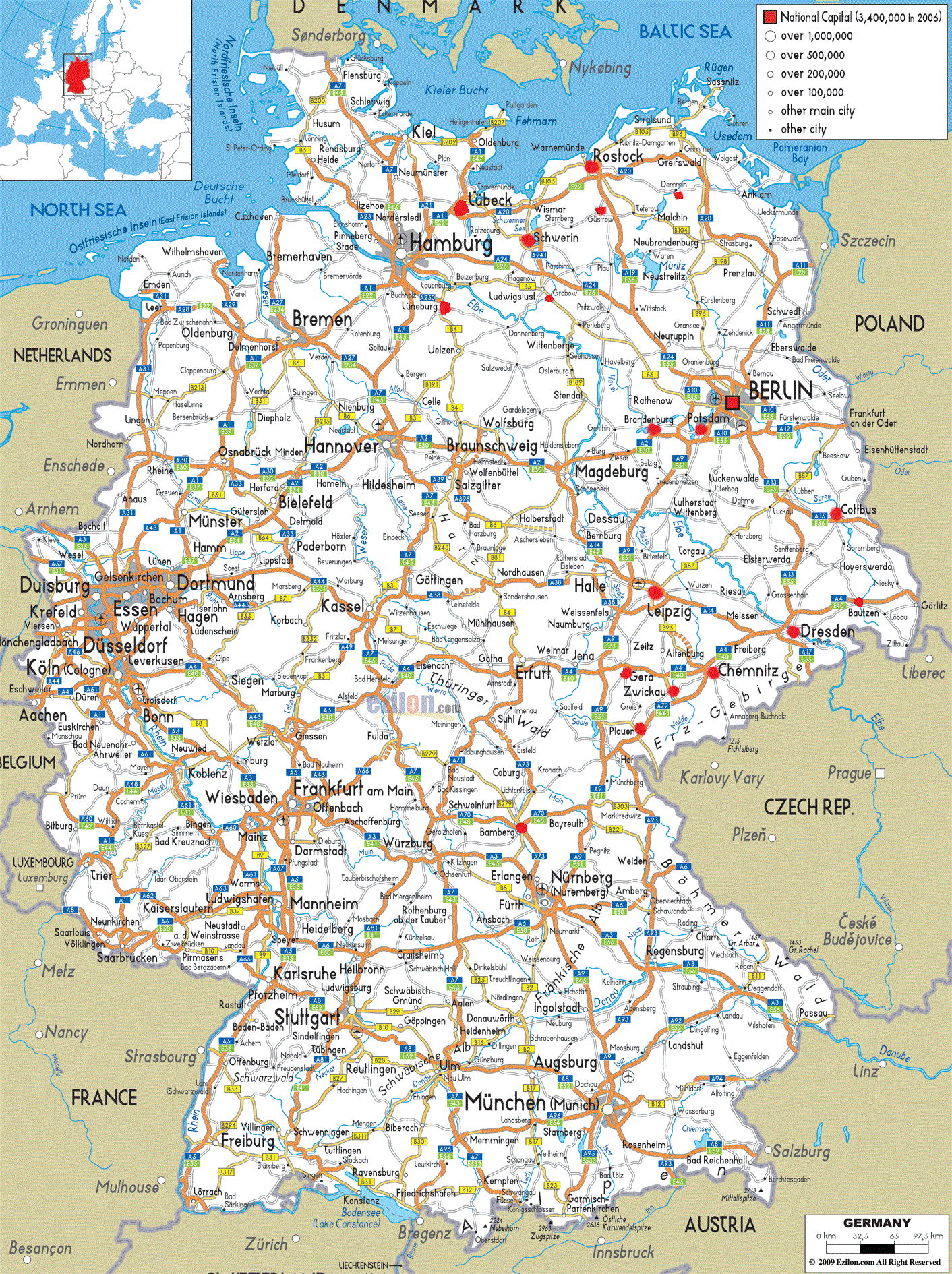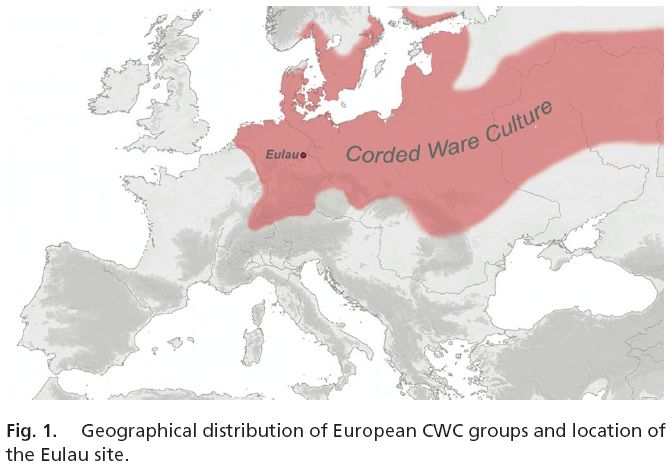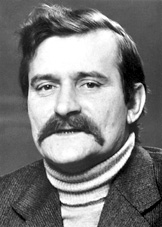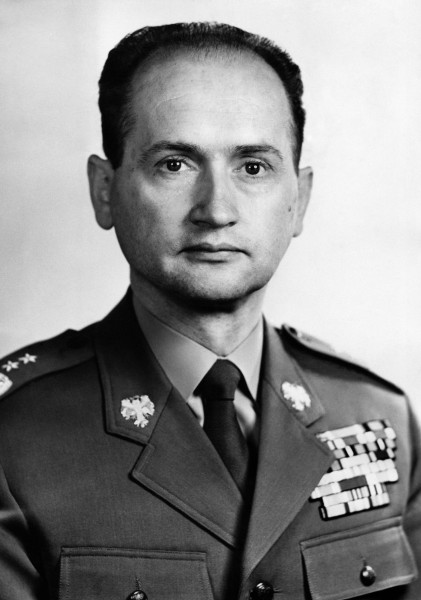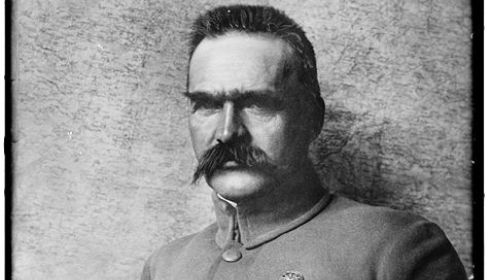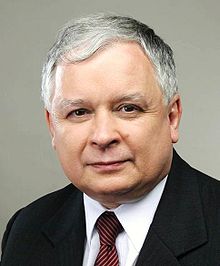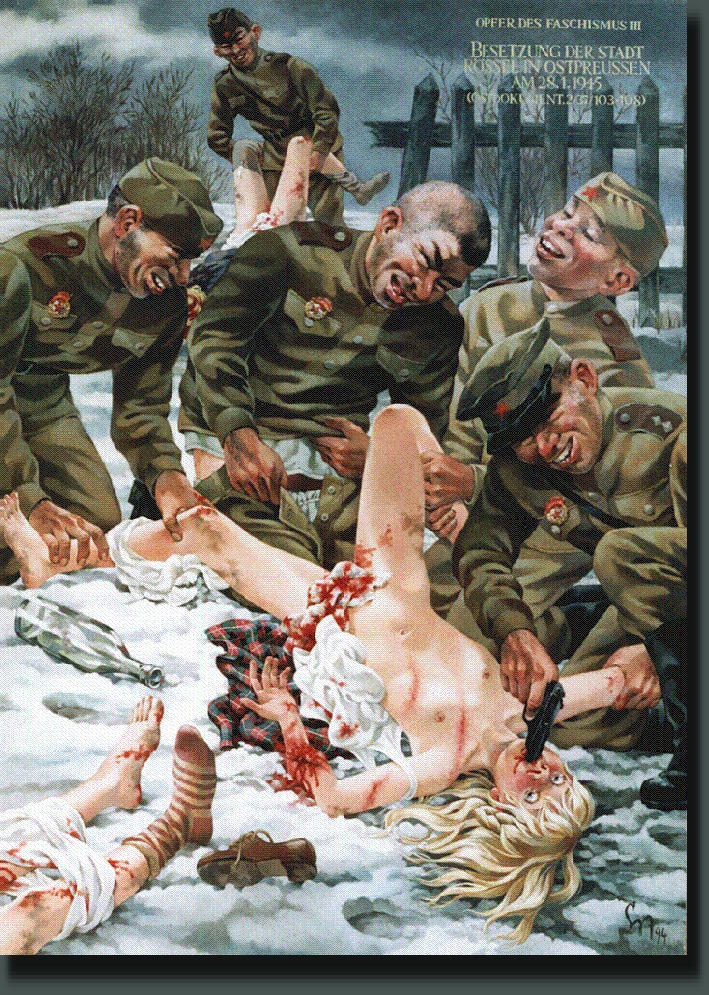History /
How come Poles like Russians but not Germans? [216]
Pay attention Vlad. 16% was the minimum. They could have as much as 30%
I still didn't see some reliable and clear link which would state that.
By the way, in case you haven't realized, I'm an American (of mostly German descent).
That's good. But I hope that European genetics will be matter of objective and scientifically proved discussion.
Also, a lot of the Germanic nations don't really have much of the I1 haplogroup in general so I'm not sure that's a good way of measuring how Germanic Poland is. Germany seems to have less than 20% of it.
It proves that many Germans indeed have Celtic and Slavic descend. Probably you will be wondered to discover that: 23% of North East Germans have R1a haplogroup. eupedia.com/europe/origins_haplogroups_europe.shtml
Majority of cities in East Germany and some cities in Western Germany such as Lubeck were built by Slavs.
For example:
Around AD 700 Slavic peoples started coming into the eastern parts of Holstein which had previously been settled by Germanic inhabitants who had left in the course of the Migration Period. In the early 9th century Charlemagne, whose attempts to Christianise the area were opposed by the Saxons, moved the Saxons out and brought in Polabian Slavs, allied to Charlemagne, in their stead. Liubice ("lovely") was founded on the banks of the river Trave about four kilometres north of the present-day city centre of Lübeck.Around the late 12th century, a Slavic settlement called Drežïany[6] had developed on the southern bank. Another settlement existed on the northern bank, but its Slavic name is unclear. It was known as Antiqua Dresdin verifiable since 1350 and later as Altendresden,[6][7] both literally "old Dresden".Leipzig is derived from the Slavic word Lipsk, which means "settlement where the linden trees (British English: lime trees; U.S. English: basswood trees) stand".The first recorded date in the history of Berlin is 1237, when the town is first mentioned in a title deed. Compared to other European capitals such as Rome, Paris or London, therefore, Berlin is a young city. Although the marshy area around the junctions of the Spree, Havel and Dahme rivers had been inhabited since the Bronze Age, the settlement at Berlin was founded by the Slavs, probably in the ninth century. (The oldest town in the area is actually Spandau, now a Berlin suburb, which dates from the eighth century.) "Berlin" is a word of Slavic origin, meaning a swamp.[1]The name of the city, Graz (see the Slavic settlement Grad), and some archaeological finds point to the erection of a small castle by Alpine Slavic peoplewikipediaHometown of Arnold Swarzenegger was founded by Slavs. By the way, less than quarter of Austrians have R1b and the same amount of R1a. Arnold was classified on some forums as partially Neo-Danubian it means he may have some Slavic roots.
Approx. 1/3 of family names in East Germany have Slavic origins. Even before immigrants came in. So its in fact Germans have more Slavic roots and heritage than Poles have German.
By the way, R1b originated in Asia:
R1b is a sub-clade within the much larger Eurasian MNOPS "macro-haplogroup", which is one of the predominant groupings of all the rest of human male lines outside of Africa, and this whole group, along indeed with all of macro-haplogroup F, is believed to have originated in Asia.en.wikipedia.org/wiki/Haplogroup_R1b_(Y-DNA)#Origin_and_dispersal
Haplogroup I1 (Y-DNA) is the original paternal lineage of Nordic Europe.
en.wikipedia.org/wiki/Haplogroup_I-M253
In spite of its lucrative saltworks, Lüneburg was originally subordinated to the town of Bardowick only a few miles to the north. Bardowick was older and was an important trading post for the Slavs.In the 11th century Polabian Slavs founded a settlement at the Warnow river called Roztoc (which means broadening of a river); the name Rostock is derived from that designation.In the midst of these lakes there was a settlement of the Slavic Obotrite (dated back to the 11th century). The area was called Zuarin (Zwierzyn), and the name Schwerin is derived from that designation.The eastern Slavic tribe of the Carantanians migrated westward along the Drava into the Eastern Alps in the wake of the expansion of their Avar overlords during the 7th century, mixed with the Celto-Romanic population, and established the realm of Carantania (later Carinthia), which covered much of eastern and central Austrian territory and was the first independent Slavic state in Europe, centred at Zollfeld.facebook.com/PanSlavizmus/photos/a.1522363414570393.1073741829.1522342297905838/1593457464127654/
By the way, in case you haven't realized, I'm an American (of mostly German descent).
So, are you sure you do not have a Slavic roots?
Brandenburg is situated in territory known in antiquity as Magna Germania, which reached to the Vistula river. By the 7th century, Slavic peoples are believed to have settled in the Brandenburg area. The Slavs expanded from the east, possibly driven from their homelands in present-day Ukraine and perhaps Belarus by the invasions of the Huns and Avars. They relied heavily on river transport. The two principal Slavic groups in the present-day area of Brandenburg were the Hevelli in the west and the Sprevane in the east.Chemnitz is named after the river Chemnitz, a small tributary of the Zwickauer Mulde. The word "Chemnitz" is from the Sorbian language and means "stony brook". It is known in Czech as Saská Kamenice.The name may originate from the Slavic term timänie 'swampy area'. Another possible origin for the name Demmin could be from Old Polabian dym (plural: dyminy) 'smoke', referring to clearing land through burning to make settlement possible.From the 7th through the 12th centuries, the area of Mecklenburg was taken over by Western Slavic peoples, most notably the Obotrites and other tribes that Frankish sources referred to as "Wends". The 11th century founder of the Mecklenburgian dynasty of Dukes and later Grand Dukes, which lasted until 1918, was Nyklot of the Obotrites.Ratzeburg. The town was founded in the 11th century as Racisburg. The name is traditionally derived from the local Wendish ruler, Prince Ratibor of the Polabians, who was nicknamed Ratse.Lübben (Spreewald) (Lower Sorbian: Lubin (Błota)) is a town of 14,000 people, capital of the Dahme-Spreewald district in the Lower Lusatia region of Brandenburg, Germany.Torgau history. The settlement goes back to a Slavonic settlement named Turguo in the shire of Neletici. There was presumably a wooden Slavonic castle located under the present-day Hartenstein castle.Ribnitz-Damgarten. The town's name derives in the Slavic settlements Rybanis (ryba means fish) and Damgor (dam means oak tree, gora means hill), located on opposite sides of the mouth of the Recknitz river.To be continued...
Währing (German pronunciation: [ˈvɛːʁɪŋ]) is the 18th district of Vienna and lies in northwestern Vienna on the edge of the Vienna Woods.
The first mention of Währing is in documents from around 1170, as Warich. The name could plausibly come from Slavic (var for a warm spring) or Germanic (werich for a plot of land that a farmer can work for a day) origins.Well I agree with you that Germans have some Slavic roots
Almost definitely much more than Poles have German roots.
Founded by the Polabians as Vishemir[2] and later settled by the Germans, Wismar is said to have received its civic rights in 1229, and came into the possession of Mecklenburg in 1301.
The origin of the name Görlitz is derived from the Slavic word for "burned land,"[4] referring to the technique used to clear land for settlement. Zgorzelec and Czech Zhořelec have the same derivation.
After the migrations, Slavs moved in and Potsdam was probably founded after the 7th century as a settlement of the Heveller centred on a castle. It was first mentioned in a document in 993AD as Poztupimi, when Emperor Otto III gifted the territory to the Quedlinburg Abbey, then led by his aunt Matilda.
Cottbus. The settlement was established in the 10th century, when Sorbs erected a castle on a sandy island in the River Spree. The first recorded mention of the town's name was in 1156. In the 13th century German settlers came to the town and thereafter lived side-by-side with the Sorbs.
Bautzen. The first written evidence of the existence of the city was in 1002. In 1018 the Peace of Bautzen was signed between the German king Henry II and the Polish prince Boleslaus I. The Treaty left Bautzen (Budziszyn in modern Polish) under Polish rule.
The region around Zwickau was settled by Slavs as early as the 7th century. The name Zwickau is probably a Germanisation of the Sorbian toponym Šwikawa, which derives from Svaroziè, the Slavic Sun and fire god.[7] In the 10th century, German settlers began arriving and the native Slavs were Christianized.
The name Güstrow comes from the Polabian Gušèerov and means lizard place.[2]In 1219 the Wendish castle Güstrowe was built at the place, the renaissance castle stands nowadays.
The place name Gera originally referred to the area of the Elster river valley where the city now stands. The name most likely[original research?] originated before the European migration period - the Slavic people who first settled the area during the 8th century adopted the name. The first known documentary mention of Gera dates from 995.
Bamberg. During the post-Roman centuries of Germanic migration and settlement, the region afterwards included in the Diocese of Bamberg was inhabited for the most part by Slavs.
Kamenz (Sorbian Kamjenc) is a Lusatian town in eastern Saxony, Germany, with a population of 18,243, and is part of the Bautzen district.
Plauen. The town was founded by Polabian Slavs in the 12th century and was passed to the Kingdom of Bohemia in 1327.  PolishForums LIVE / Archives [3]
PolishForums LIVE / Archives [3]
